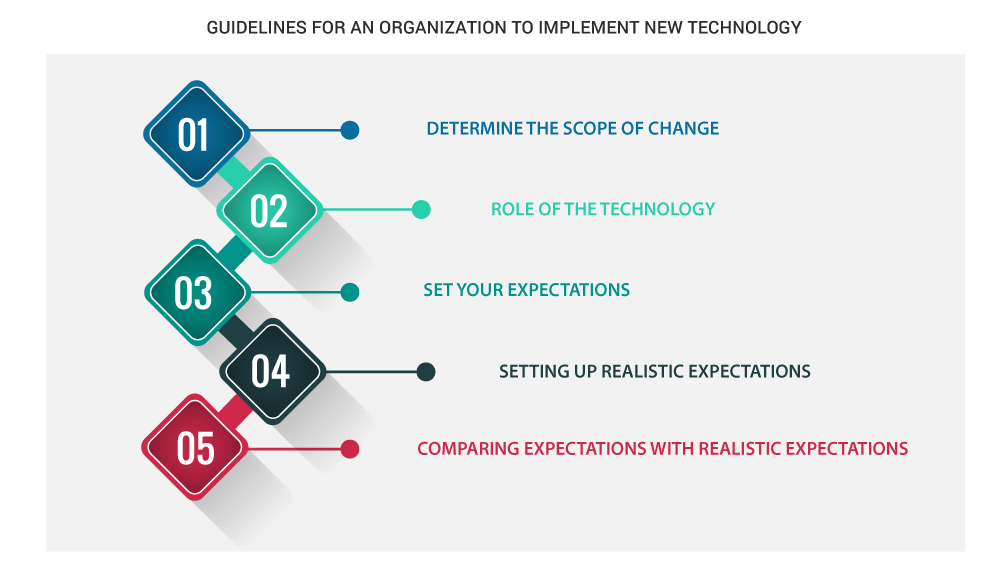
Many organizations commence technology transformations to set their business goals that will bring a high ROI (Return on Investment) and moreover measurable business profits. They do realize soon that the transformation towards technologies is more complex than their expectations.
These business expectations may or may not come true.
Here are a few queries that build your expectations.
QUESTION YOURSELF???What level does your project implicate?
Why are you implementing new technology?
The answer to this query could be either one of the choices below;

-
Maybe expanding to the digital world (or )
-
Enhancing the experience for rapid growth (or)
-
Changing to the new business model.
However, your query could be! You should first set a realistic expectation for the selection and implementation process.
How do you set up a realistic expectation?
Let’s peep into this blog for the better solution.
-
Determine the scope of change
The first step is to understand the scope of the change. The changing spectrum provides two different solutions to the business, at one end the technology is used to support the existing processes and at the other end, the technology enables process redesign and support changes to the enterprise’s business model.
-
Role of the technology
The next step is to determine the role of the technologies that will play in your transformation. Technology is not the focus of the project instead, the project team focuses on the transitioning business processes. Re-engineering of business processes or the technological transformation will be the new role and responsibilities for the employee that enhances the rapid growth of the organization and an employee.
-
Set your expectation
Once you’ve understood the scope of change and the role play of the technology, you can start with business cases. The business cases could be categorized into two aspects. The first one justifies their investments and the other estimates their return on investment (ROI). Benchmarking against technology transformation and developing a proper business case ensures to set your achievable goals. For that, the project team, executives, and the stakeholders will have a clear idea on the expected timeline, budget and other expected benefits in a realistic manner. In case of any issues, they can re-adjust their expectations.
-
Set Realistic Expectation
Last but not least. As the organization grows, it is tempting for technology transformation. For that, you need to set a realistic expectation for an organizational change management, significantly improves time management, budget, and resources.
-
Compare expectation with realistic expectation
As stated earlier, sometimes expectations may or may not become true. To curve positive, cross-verify with your business processes. The thumb rule is, don’t assume that the small vendors will be significantly cheaper than the large vendors. The budget depends on several factors according to the level of customization. For instance, assuming cloud solutions would be cheaper than on-premise solutions. But the brain behind that is cloud might be cheaper up front, but too expensive over time. If you’re clear with the budget planning then the expectations would be realistic.

With the above five guidelines, it clearly states that the Technology Transformation could be competently known as Business Transformation
Now, the curve is yours and set your realistic expectation. Thereby, you will experience the significant changes not only in your technology but to your resources and business processes too.